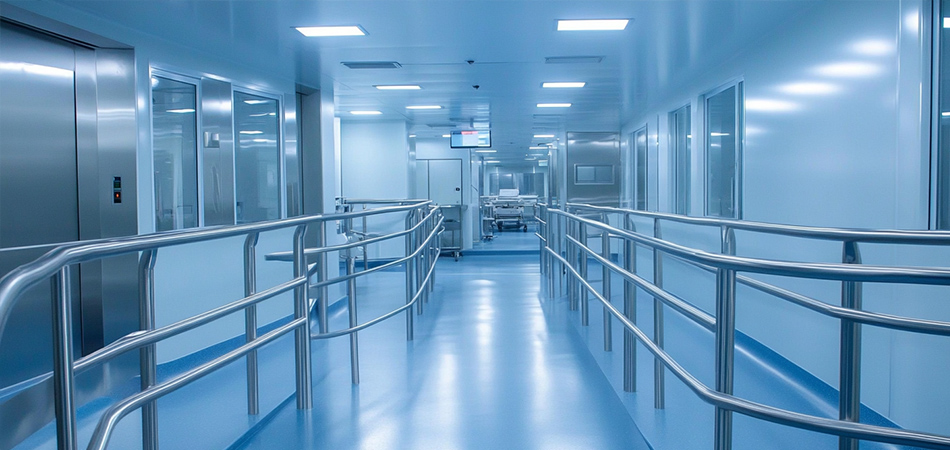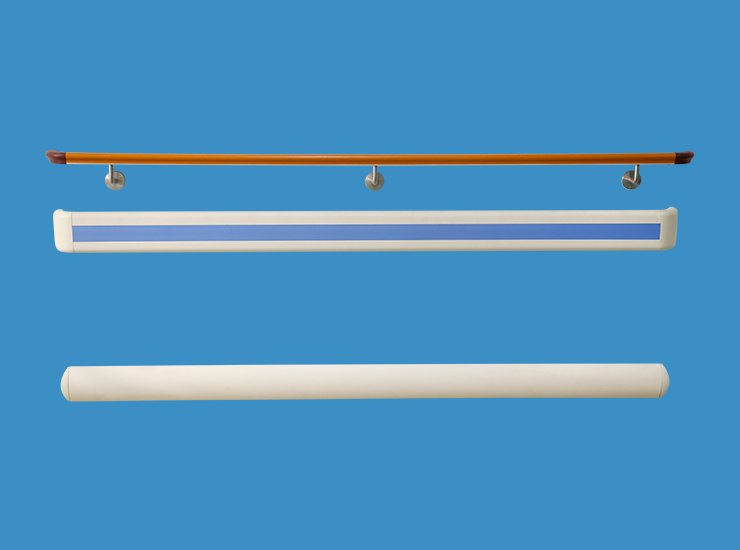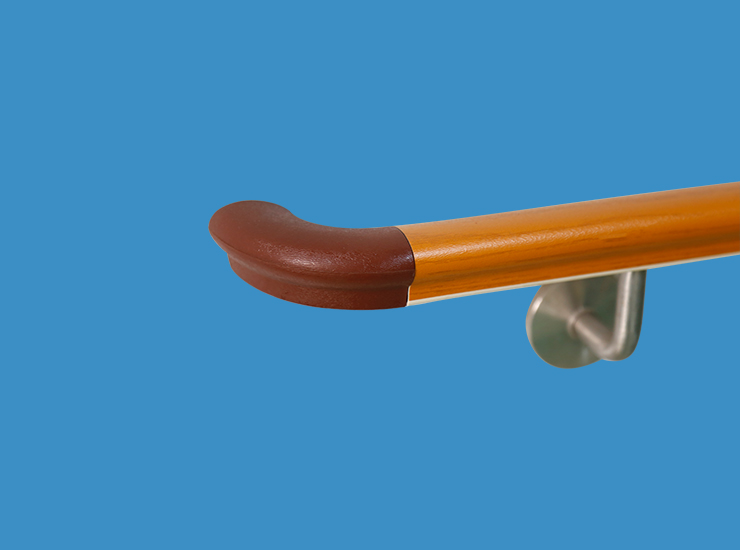 Service Hotline:13510328459
Service Hotline:13510328459
 205-206, 2nd Floor, Building 2, Xiazao Village Industrial Zone, Gaofeng Community, Dalang Street, Longhua District, Shenzhen City
205-206, 2nd Floor, Building 2, Xiazao Village Industrial Zone, Gaofeng Community, Dalang Street, Longhua District, Shenzhen City
 Service Hotline:13510328459
Service Hotline:13510328459
 205-206, 2nd Floor, Building 2, Xiazao Village Industrial Zone, Gaofeng Community, Dalang Street, Longhua District, Shenzhen City
205-206, 2nd Floor, Building 2, Xiazao Village Industrial Zone, Gaofeng Community, Dalang Street, Longhua District, Shenzhen City
Time:2025-09-02 Preview:
In the fast-paced environment of an operating room, every detail matters. From the layout to the equipment, everything must be designed to ensure efficiency, safety, and functionality. One often-overlooked aspect is the handrail system. In China, the customization of crash-resistant handrails for operating rooms is becoming increasingly important. These handrails are not just accessories; they play a critical role in the safety and efficiency of medical procedures.

Operating room accessories, including handrails, are crucial for maintaining a safe and efficient environment. They help in organizing the space, ensuring that everything is within reach and that the surgical team can move quickly and safely. Custom handrails are particularly important in this regard, as they can be tailored to meet the specific needs of a medical facility.
Handrails in operating rooms serve several purposes. They provide support for medical staff, assist in patient transport, and help in preventing accidents. In a high-pressure environment like an operating room, even a small slip or fall can have serious consequences. Therefore, having sturdy, well-placed handrails is essential.
Crash-resistant handrails are designed to withstand the high-impact situations that can occur in an operating room. Whether it's moving heavy equipment or ensuring the safe transport of patients, these handrails are built to endure. The customization of these handrails in China allows for specific design adaptations that cater to the unique needs of each facility.

China is leading the way in the customization of operating room handrails. By offering a range of materials, designs, and installation options, Chinese manufacturers are providing hospitals with the flexibility to design their operating rooms to meet specific safety and efficiency standards.
The materials used in handrail construction are a key factor in their effectiveness. Stainless steel is a popular choice due to its durability and ease of cleaning, which is crucial in a sterile environment. Other materials, such as aluminum or high-strength plastics, are also used for their lightweight and resilient properties.
Designs can vary significantly, from simple, straight rails to complex systems with multiple curves and angles. The customization process allows hospitals to choose the design that best fits their operating room layout and needs.
Installation Considerations
The installation of handrails in an operating room requires careful planning. Factors such as the height of the handrails, the distance from walls, and the placement relative to other equipment must all be considered to ensure optimal functionality and safety.

Customizing handrails in operating rooms offers numerous benefits. These include improved safety, better space utilization, and enhanced workflow efficiency.
Enhanced Safety
Safety is a top priority in any medical facility. Custom handrails can be designed to meet specific safety standards, reducing the risk of accidents and ensuring the well-being of both patients and staff.
Optimized Workflow
By tailoring handrails to the specific needs of an operating room, hospitals can enhance their workflow. Well-placed handrails allow for smoother movement of staff and equipment, reducing delays and improving the overall efficiency of medical procedures.
Better Space Utilization
Operating rooms are often limited in space, making it essential to use every inch effectively. Customized handrails can be designed to fit snugly into the available space, ensuring that no area is wasted and that the room remains functional and organized.
When customizing handrails for operating rooms, several factors must be considered to ensure they meet the facility's needs.
It's important to ensure that the new handrails are compatible with existing systems and equipment in the operating room. This includes considering the integration with other accessories and ensuring that the handrails do not obstruct any essential equipment or pathways.
Custom handrails must meet all relevant regulatory standards to ensure they are safe and effective. This includes adhering to guidelines for materials, design, and installation.
As medical technology continues to evolve, it's important to consider future needs when customizing handrails. This might include planning for additional equipment or changes in operating room layout that could affect the placement and design of handrails.
The customization of crash-resistant handrails in China's operating rooms is a critical aspect of modern healthcare design. By focusing on safety, efficiency, and adaptability, hospitals can create operating environments that meet the highest standards of care. With the ability to tailor handrails to specific needs, medical facilities can ensure that their operating rooms are equipped to handle the demands of today's healthcare landscape while preparing for the challenges of tomorrow.
